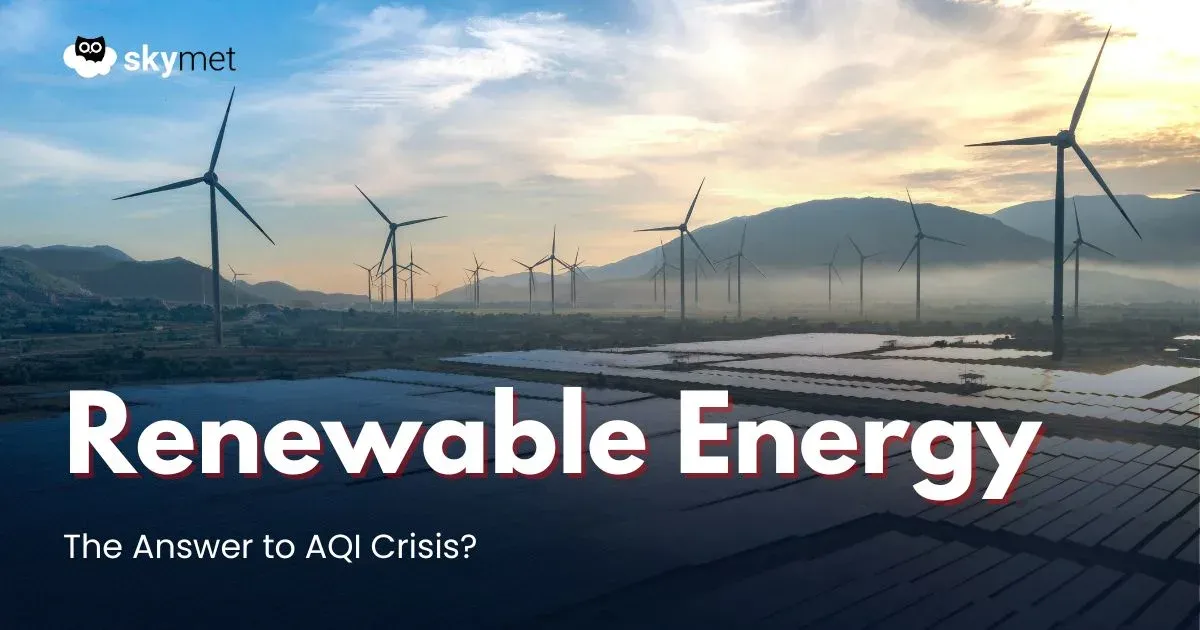Subdued Start For La Nina: Major Impact Unlikely
La Nina conditions continue to prevail in the equatorial Pacific Ocean. The initial crossing of the La Nina threshold in Dec 2024 was alright, but the continuation thereafter, has been rather sluggish. The Nino 3.4 index, a key indicator of ENSO conditions, has risen from a low of -1.1°C on 30thDec 2024 to -0.6°C on 21stJan 2025. This pattern does not augur well for sustenance of La Nina conditions, strongly and firmly. Rather, it points towards dilution of Pacific cooling. The IRI ENSO prediction plume forecasts slightly higher chances (66%) for La Nina conditions during Jan-Mar 2025, with equal chances for La Nina and ENSO-Neutral for Feb-Apr 2025. For Mar-May 2025, onwards, ENSO -Neutral conditions are favoured strongly.

ENSO: Both, atmospheric and oceanic conditions across the tropical Pacific now exhibit characteristics indicative of La Nina, albeit not a very strong coupling. Trade winds and atmospheric convection favour progress of La Nina conditions. However, slightly warmer temperatures present in the far eastern Pacific, next to the Peru coast is not a positive development. But, all these conditions read together speaks for coupled ocean–atmosphere system inclining La Nina in the equatorial Pacific.

The Nino indices have large variability in the equatorial Pacific. While, Nino 4 and Nino 3.4 are retaining the temperatures below the threshold mark of -0.5°C, the other two, Nino 3 and Nino 1+2 are nearly zero-zero for the last three weeks. Nothing much in favour can be read from these two markers.

IOD: The Indian Ocean Dipole has remained negative neutral for the last about seven weeks now. The latest weekly value of the index as on 19thJan 2025 was -0.24°C. It is aligned with typical IOD behavior at this time of the year. In any case, the IOD has very little influence on the weather conditions during the transition period.

MJO: The Madden Julian oscillation is likely to propagate from the Indian Ocean to the Maritime Continent in the first week of Feb 2025. A drop in the amplitude of the transiting pulse is expected at the fag end of Jan 2025. Equatorial convection over the Indian Seas is expected to continue. But, no major disturbance with cyclogenesis potential is likely in the next two weeks.
It seems to be a subdued start for La Nina. The phenomenon, as such, is likely to be weak and short lived. Therefore, it will have limited impact on weather conditions of the Indian sub-continent.

















